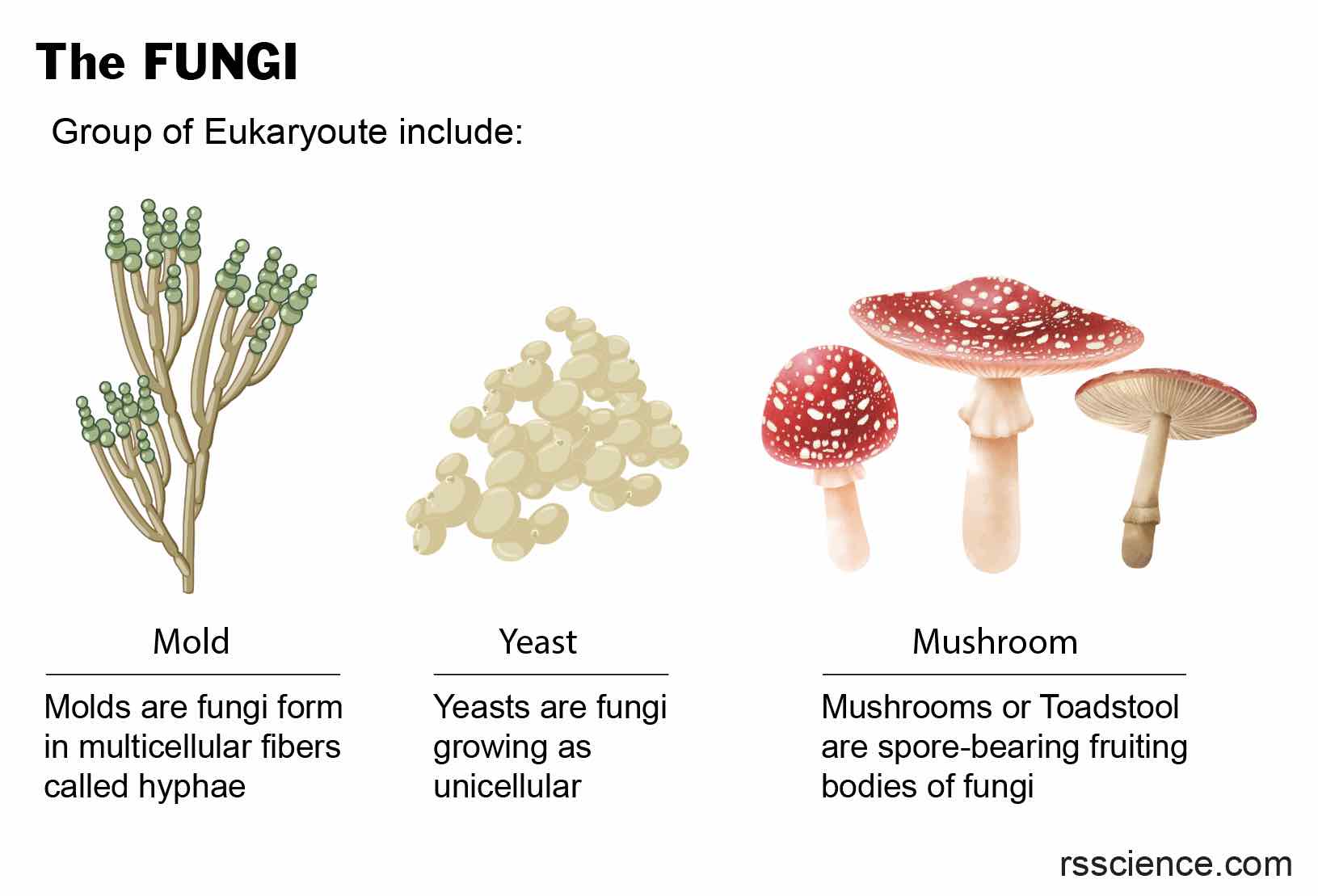AND ANALYSIS
INTENSE
It is the main FOOD SOURCE for the YEAST in the experiment.
Sugar
What is the purpose of adding sugar to the yeast mixture?
A. To provide food for the yeast to ferment
B. To make the mixture taste sweeter
C. To increase the temperature of the mixture
D. To slow down the fermentation process
A. To provide food for the yeast to ferment
Why are there 6 different bottles used in the experiment?
A. To test 6 different types of yeast
B. To test 6 different temperatures
C. To test 6 different conditions
D. To have 6 trials for each condition
C. To test 6 different conditions

What is the main measurement used to determine the activity of the yeast in each condition?
A. The height of the balloon
B. The pH of the solution
C. The amount of carbon dioxide produced
D. The change in temperature
C. The amount of carbon dioxide produced

Two types of FERMENTATION
ALCOHOLIC Fermentation and
LACTIC FERMENTATION
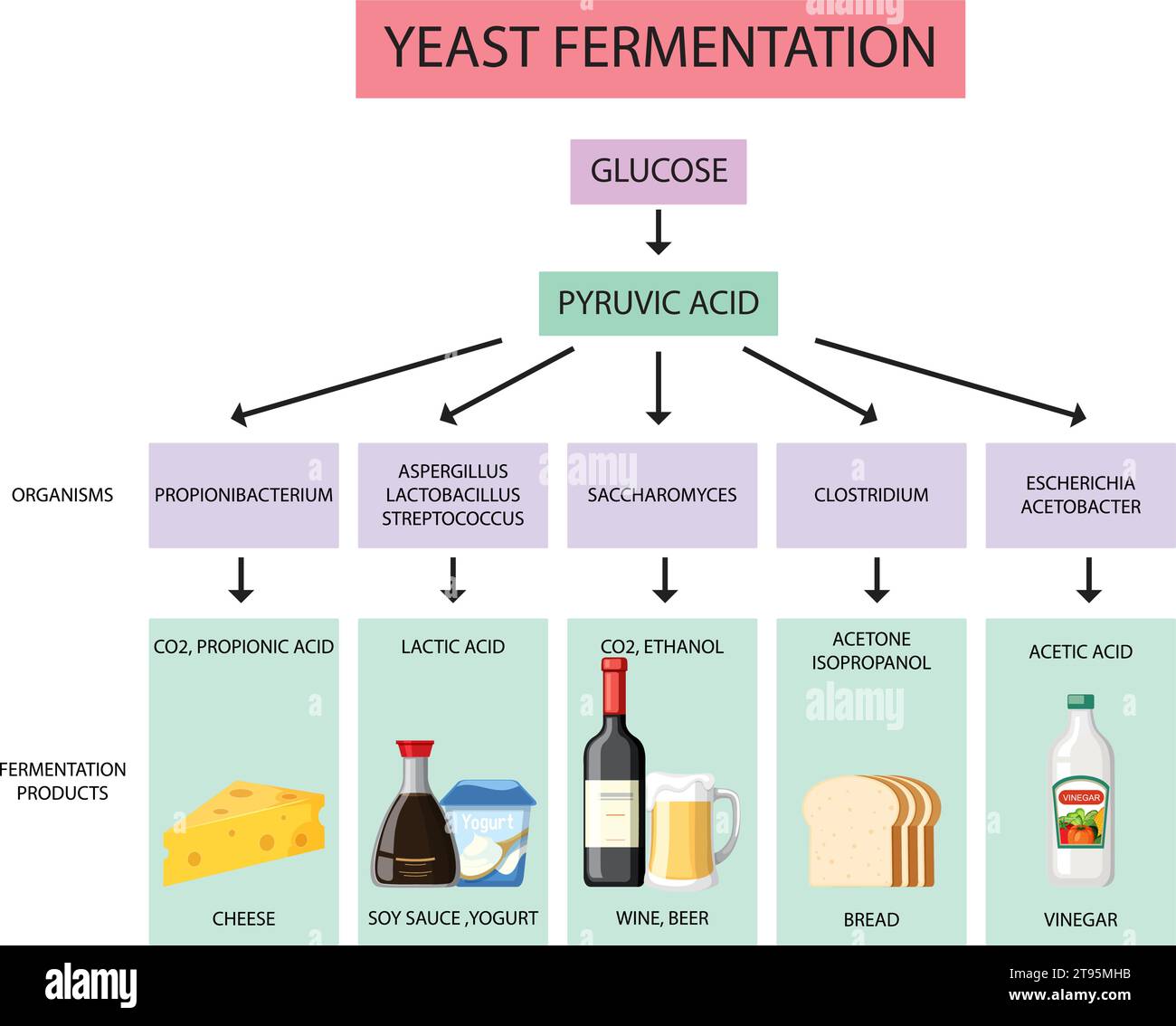
Are the primary waste products produced by yeast during fermentation
CARBON DIOXIDE AND ETHANOL

Why is it important to use lukewarm water instead of hot water when mixing the yeast?
A. Hot water will kill the yeast
B. Lukewarm water activates the yeast enzymes
C. Lukewarm water has the right pH for fermentation
D. Lukewarm water prevents the balloon from inflating too quickly
A. Hot water will kill the yeast
How does adding vinegar affect the environment for the yeast?
A. It increases the acidity
B. It increases the salinity
C. It increases the basicity
D. It has no effect
A) It increases the acidity

How are the measurements of the balloon size recorded?
A. By measuring the diameter
B. By measuring the circumference
C. By measuring the volume of water displaced
D. By measuring the height
B. By measuring the circumference

It is the end product of GLYCOLYSIS.
PYRUVATE

It is the name of the process that allows the YEAST to produce energy in the ABSENCE OF OXYGEN.
ANAEROBIC
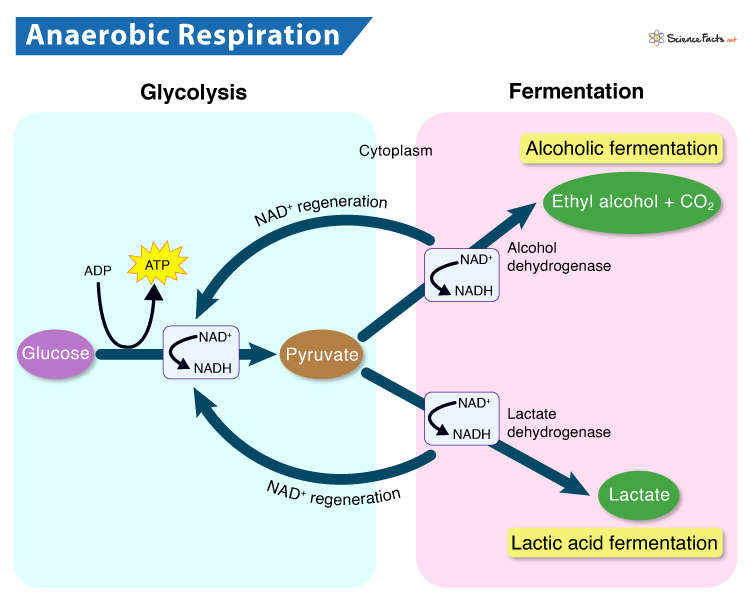
Why is the control group in this experiment the bottle with yeast and water, but no sugar?
A. To show that yeast can ferment without sugar
B. To demonstrate that the balloon will not inflate without sugar
C. To ensure that the carbon dioxide produced is not from the water
D. To provide a comparison to the bottles with sugar added
D. To provide a comparison to the bottles with sugar added
Which condition is expected to have the least yeast activity?
A. Water only
B. Sugar
C. Sugar and salt
D. Sugar and baking soda
A. Water only

What is one limitation of this experiment in terms of its real-world application?
A. It only uses a single strain of yeast
B. It only measures carbon dioxide production
C. It does not consider other nutrients needed by yeast
D. It does not account for temperature variations
C. It does not consider other nutrients needed by yeast

What bacterium is used in yogurt production?
Lactobacillus

It is used to measure the volume of carbon dioxide produced.
BALLOON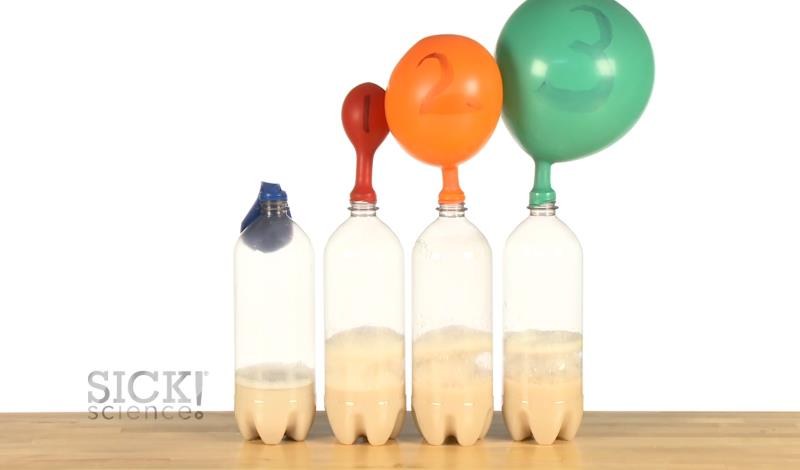
Why is it important to use tap water instead of distilled water in this experiment?
A. Tap water contains minerals that the yeast needs to survive
B. Tap water has a higher pH, which is better for yeast fermentation
C. Distilled water would not dissolve the sugar as effectively
D. The experiment is designed to use tap water, and changing this would affect the results
A. Tap water contains minerals that the yeast needs to survive
How does adding baking soda affect the environment for the yeast?
A. It increases the acidity
B. It increases the salinity
C. It increases the basicity
D. It has no effect
C. It increases the basicity

What is the temperature at which Bottles #2-6 are placed?
A. 37°C
B. 100°C
C. 110°F
D. Room temperature
C. 110°F
It is Korean food, a product of fermentation.
KIMCHI

It is a UNICELLULAR FUNGUS that is also known as brewer's yeast, baker's yeast, or nutritional yeast.
SACCHAROMYCES

Why is it important to use a timer in this experiment?
A. To ensure the yeast is activated for the same amount of time in each trial
B. To accurately measure the rate of carbon dioxide production
C. To monitor the temperature changes during the fermentation
D. To track the time it takes for the balloon to fully inflate
B. To accurately measure the rate of carbon dioxide production
What is the volume of water added to each bottle?
100 mL
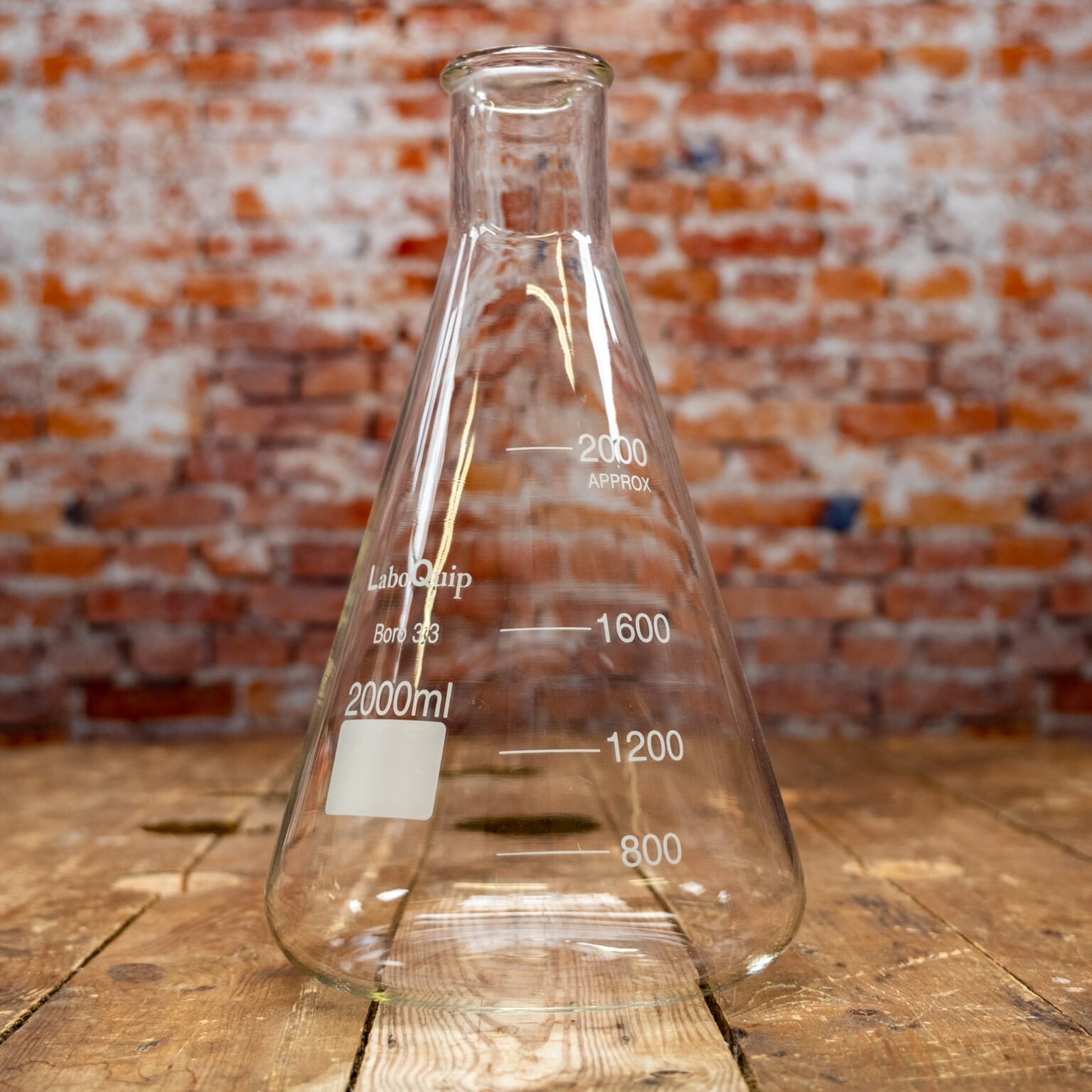
How many GRAMS is a one yeast packet size?
About 5 to 8 grams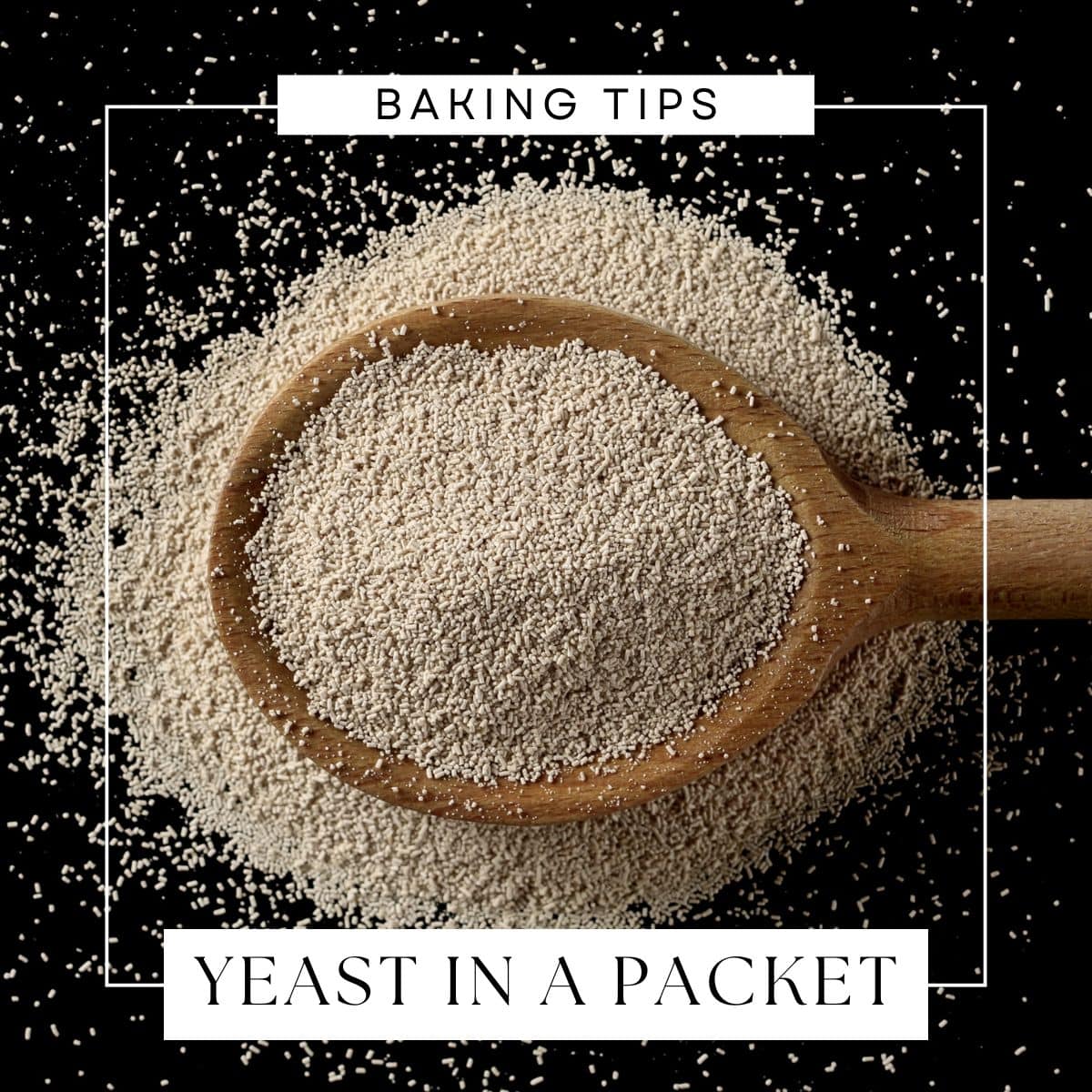
Yeast belongs to which KINGDOM
